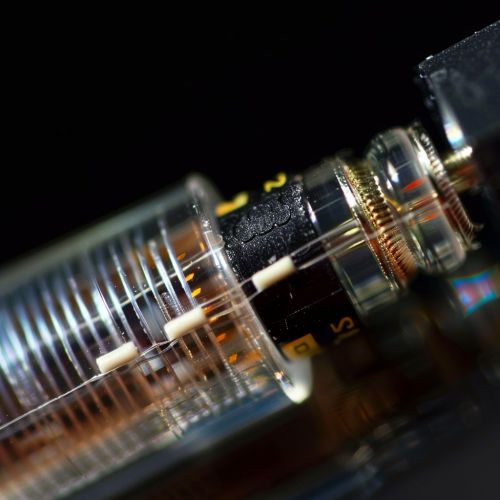Photoresistors
Introduction
A photoresistor is a type of resistor whose resistance decreases with increasing incident light intensity. It is a passive component that uses light to control the flow of electricity, which is a fundamental concept in electronics.
Structure and Function
A photoresistor is made of high resistance semiconductor material. When light falls on the device, the photons are absorbed by the semiconductor material which causes a change in the resistance. The resistance of a photoresistor decreases with increasing light intensity; in other words, the more light that hits the surface of the photoresistor, the lower the resistance.


Types of Photoresistors
There are two types of photoresistors: intrinsic and extrinsic. Intrinsic photoresistors use undoped semiconductor material, while extrinsic photoresistors use doped semiconductor material. The type of photoresistor used depends on the specific application and the required sensitivity to light.
Applications
Photoresistors are used in many different types of light sensing and light control applications. They are often used in light-dependent resistors, photodetectors, and photovoltaic cells. Other common applications include alarm systems, street lighting control systems, and light intensity meters.
Advantages and Disadvantages
Photoresistors offer several advantages, including high sensitivity to light, low cost, and ease of use. However, they also have several disadvantages, such as slow response time and a limited range of light sensitivity.
